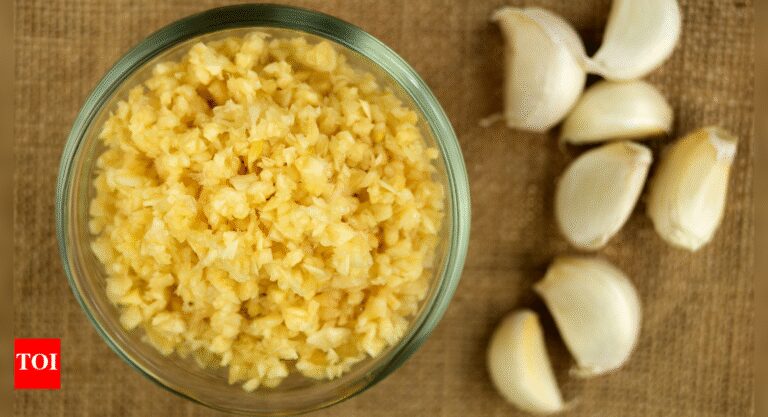
For decades, cooks have shed tears while slicing onions, but a new study finally explains why and how to stop it. Researchers at Cornell University have discovered that the tear-inducing mist from onions doesn’t emerge in one burst as previously thought. Instead, it happens in two rapid stages: a high-speed spray followed by slower droplet formation. Their high-speed imaging revealed that blunt or fast-moving knives dramatically increase the number and energy of these droplets, propelling pungent sulfur compounds into the air. The simple fix? Keep knives sharp and cut gently to reduce mist and keep your eyes dry.
The science behind onion tears
When an onion is cut, enzymes react with sulfur compounds to create syn-Propanethial-S-oxide, the gas that makes you cry. But this new study, published in Proceedings of the National Academy of Sciences (PNAS), adds a mechanical twist. Scientists found that it’s not just chemistry, it’s physics too. The cutting motion causes a “droplet outburst,” where fluid is ejected violently from the onion’s damaged cells. Faster cuts and dull blades generate higher impact, breaking more cells and ejecting more irritant-laden aerosols into the air.Using ultra high-speed cameras, the researchers analyzed how blades interact with the onion’s layers. A sharp knife slices cleanly through the tough outer skin and inner mesophyll, causing minimal compression. In contrast, a dull or heavy blade crushes the onion before cutting it, releasing more fluid and creating powerful mini “explosions” of mist. These microbursts carry tear-inducing droplets farther and faster, directly toward your face.
Practical kitchen advice to stop tears
The findings confirm what many chefs have long suspected: a sharp knife is not only safer and more efficient but also tear-free. The researchers suggest maintaining regular knife sharpening routines and using smooth, steady motions instead of aggressive chopping. Additionally, cutting onions near a gentle airflow, such as under a kitchen vent, can help disperse aerosols before they reach your eyes.
Beyond tears: Hygiene implications
Interestingly, the study also suggests broader kitchen benefits. The droplet outburst mechanism may play a role in spreading bacteria and food-borne pathogens during food preparation. By reducing the amount and speed of ejected droplets, sharper blades could help limit microbial spread and improve overall kitchen hygiene.








